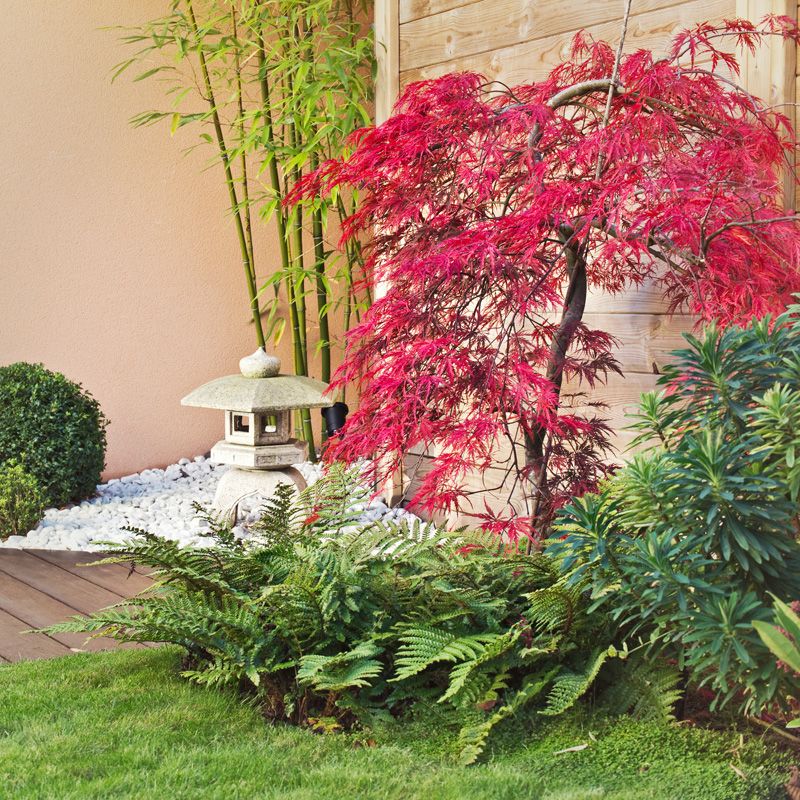
Specimen or Focal Points plants
Specimen or Focal Points plants
A plant cultivated for exhibition or in the open to show its complete growth, as opposed to one in a border or even other plantings. It is easier to recall what “specimen” plants are if you study the Latin root from which the name is derived. Spec– is a Latin term that means “to gaze at.” As a result, a specimen plant is one that you would stand out in your landscape as just being extremely impressive to look at and so deserving of “center stage” in your yard. This is usually a tree, but it might also be a shrub, perennial, or other plants if it is sufficiently huge, showy, cuts a strong figure, or catches the attention as being extremely unique.
A blooming or deciduous tree that occupies a prominent place on a lawn is an example of a specimen plant. What kind of tree should you plant? For instance, if you have a favorite color, you might choose from several contenders whose flowers or leaves are that hue. However, it may be any visual characteristic that you place a value on. Colorado is in mourning. Evergreen, with its dark and scary green branches and weeping tendency, would and does contrast beautifully against light-colored or brick and stone structures, creating a pleasing aesthetic impression.
The Purpose of a Focal Point:
While a focus point first catches the eye, it does much more than that. The good landscape will use focal points to add order and dimension to the yard, as well as to centralize the vista and guide guests’ perspectives. A focal point may also give character to the yard, whether it offers a feeling of natural elegance, a stylish, recent development, or even a touch of whimsy. Drawing attention away from a neighbor’s yard, decreasing the impression of a difficult spot, or directing sightlines away from a drainage grate or air conditioner are all examples of how focal points may assist distract from less aesthetically attractive vistas.
What Is a Focal Point?
A focus point is a prominent, eye-catching element that pulls the eye and captures attention. This can be almost any sort of element in the landscape, from plants to architecture to hardcaping to decoration. Among the most popular landscaping focus points are;
- One-of-a-kind specimen plants, such as rare kinds, odd forms, or extraordinary sizes
- Water elements including ponds, waterfalls, and fountains
- Boulders, terraces, or other eye-catching hardscape elements
- A bird food station or other wildlife-friendly feature
- A colorful flowerbed, pot garden, or even a stunning storage shed
- A statue or sculpture, even something as simple as a gazing ball or sundial
- A one-of-a-kind walkway, such as a mosaic, concrete steps, or bridge
- Uniquely designed paver, such as a mural-style element
